What is the Best Paint Finish for a Bathroom Ceiling? A Definitive Answer From Decorators
Bathroom ceilings are prone to moisture collecting, causing all sorts of problem for your paintwork — this is the best type of paint to use for it, according to professional house painters
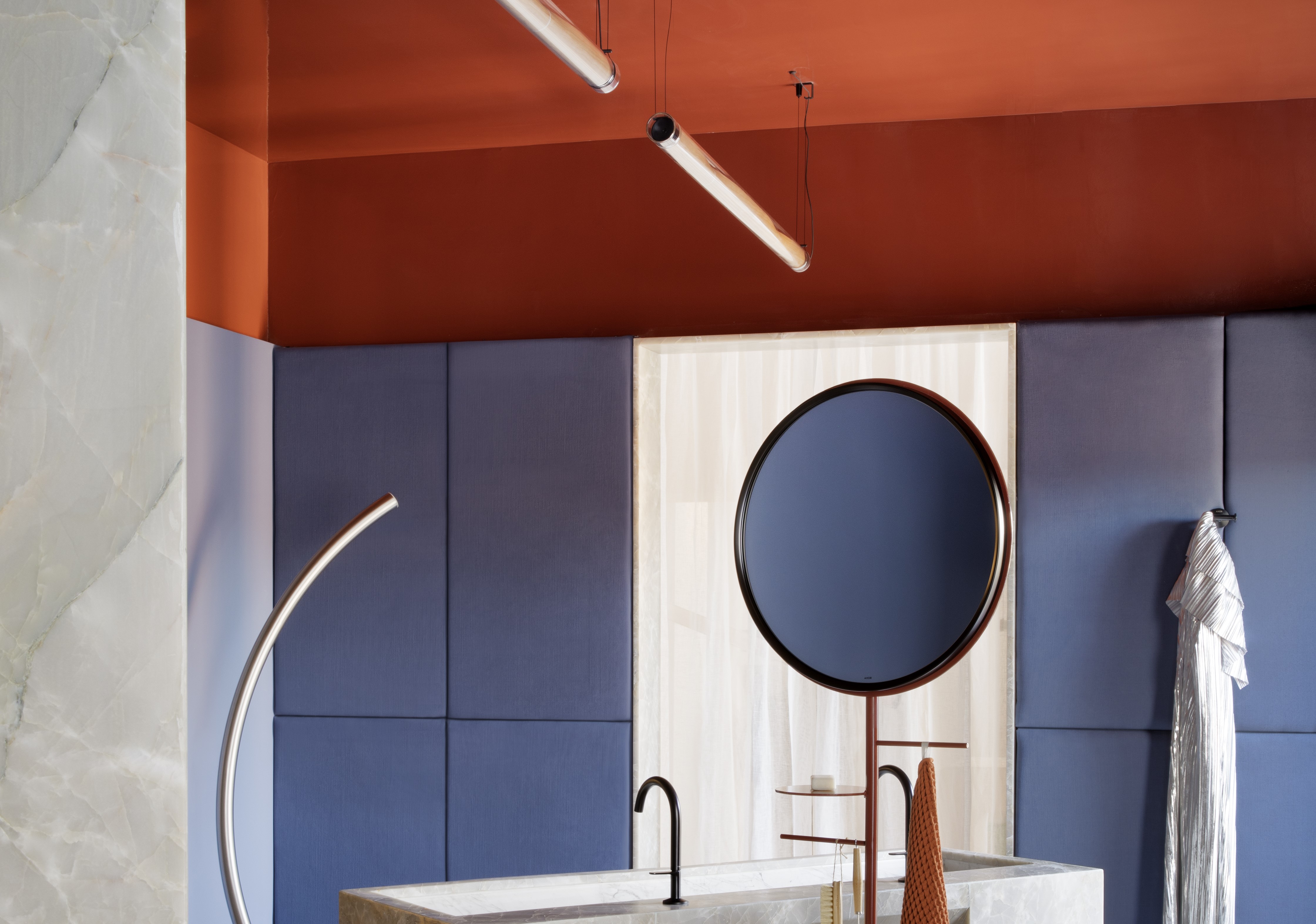

The bathroom has to put up with a lot in its day to day use, but it's the moisture in the air that can be the most challenging for these spaces. And that includes for the ceiling. While painting this room in vibrant colors is a good way to give it a fresh update, it's important to choose the right finish so that the walls and ceiling are safe from the effects of moisture — whether that's peeling paint, mildew or, even, mold.
To help you pick the best bathroom paint idea, we asked decorating experts for their advice This is what you should be using, according to the pros.
What should I paint a bathroom ceiling with?

It's important to understand that not all paints are created equal, and you cannot choose the same finish for your living room and modern bathroom. The bathroom is full of moisture, and the finish needs to repel water, mold, and mildew. Picking the wrong paint finish could have disastrous and costly consequences for your home and health.
'The best paint finish in general is semi-gloss or a satin sheened paint,' says Chuck Reger of Five Star Painting, a Neighborly Company. 'Semi-gloss finishes prove durable and scrubbable, with semi-gloss offering high resistance to moisture. For a less shiny appearance, satin is best and is also washable while being durable in humid locations. Matte and flat sheens are more prone to showing water marks, however, they do hide wall and ceiling imperfections better.'
Aside from the satin vs semi gloss paint debate, as long as you avoid flat finishes, you should be fine, as these have more pigment particles and less resin and binders. So, while the finish will accentuate the paint colors, it will be more prone to moisture infiltration.
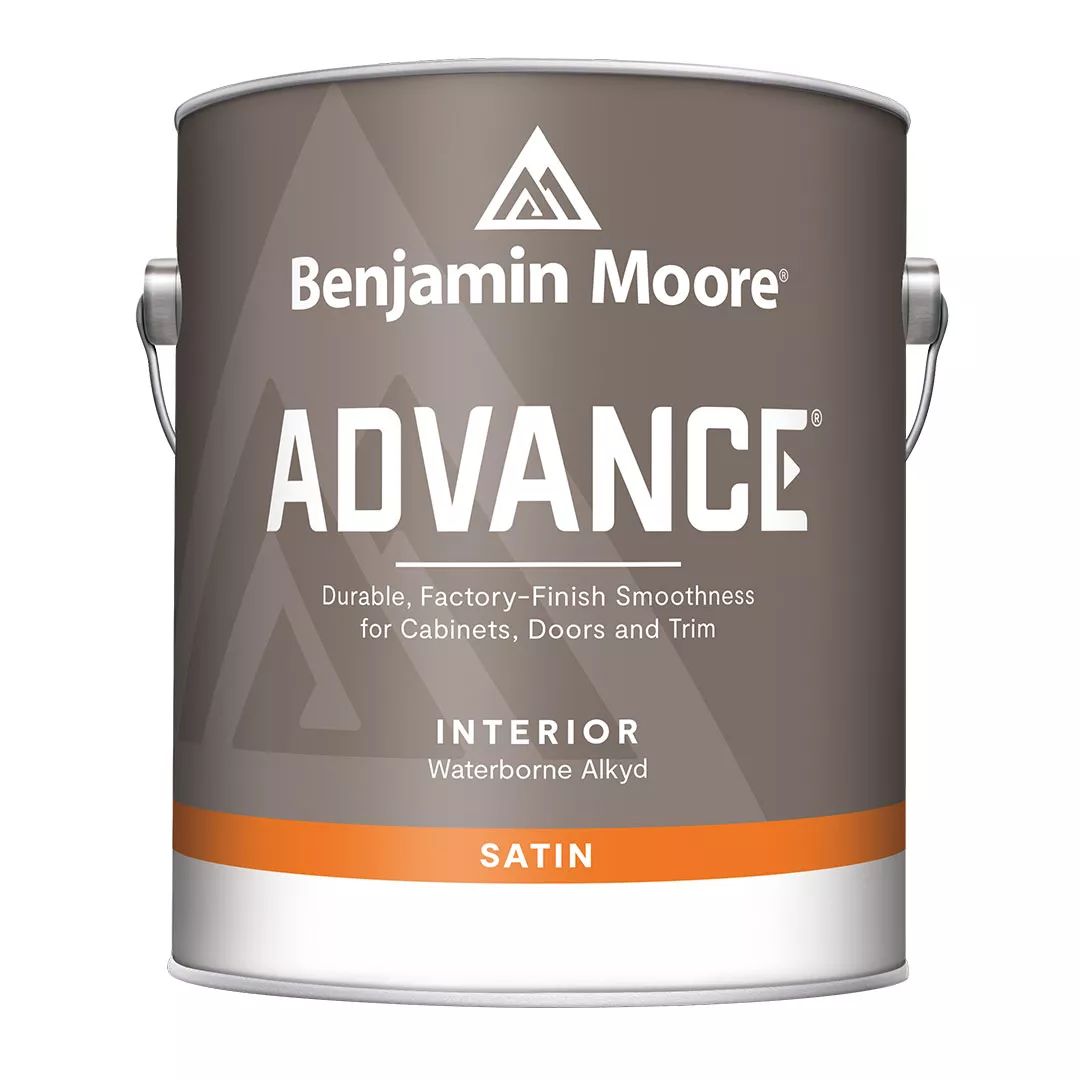
Type: Waterborne Alkyd paint
Price: $79 per gallon
This satin paint finish from Benjamin Moore is usually used for millwork, but can work for ceilings, too.

Type: Acrylic paint semi gloss
Price: $75 per gallon
Semi gloss is a great choice for moisture resistance, and can look great in a small bathroom where it reflects more light.
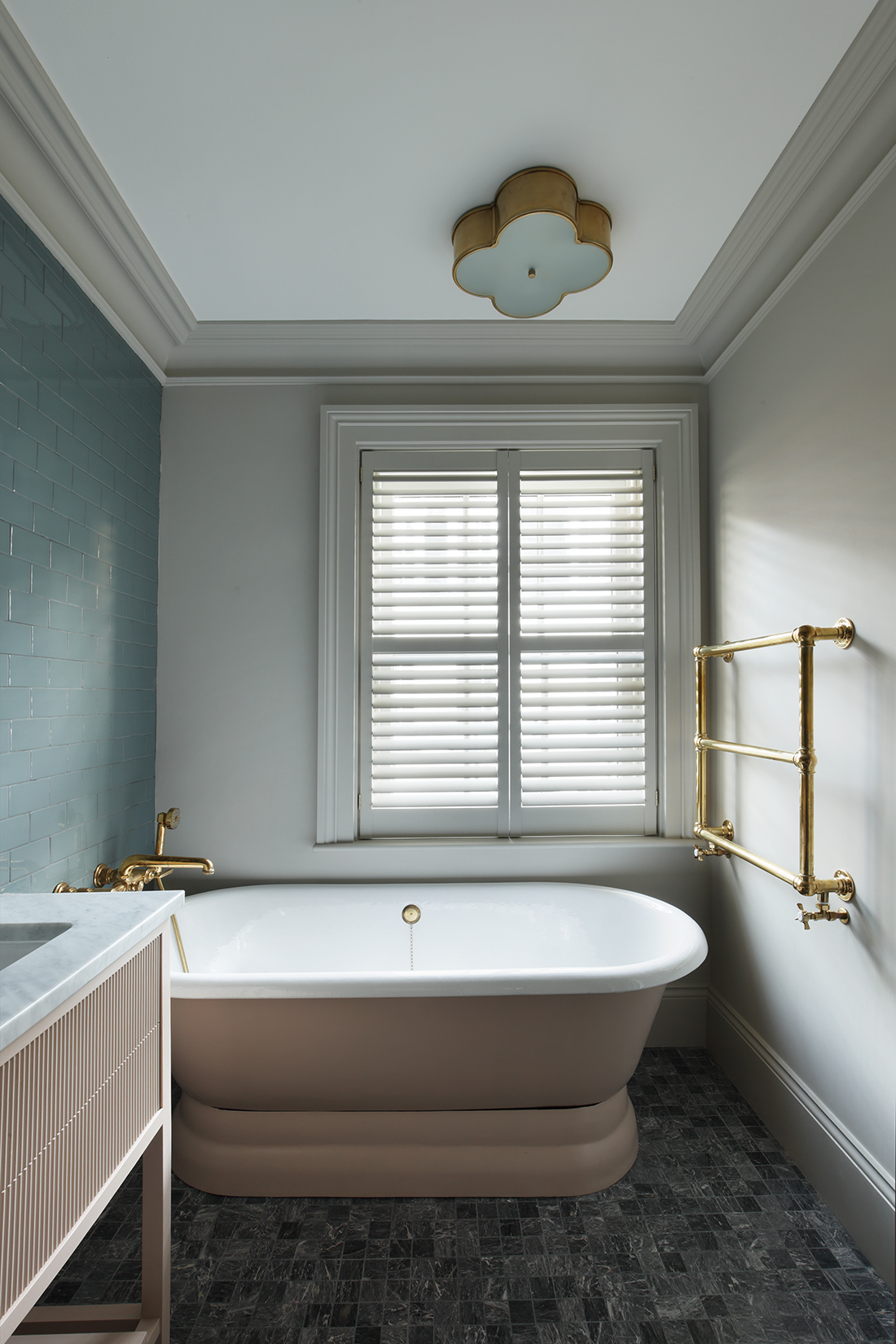
Paint finishes apart, picking a specialized bathroom paint will also help. Consider paints that are mixed with chemical compounds and minerals that slow and prevent the growth of mold and mildew. The best bet is to pick a paint that makes the water bead up, rather than sneak into your drywall and cause health issues.
'There are a few options of water-resistant paint including moisture-resistant paint that is specifically designed for high-humidity areas; epoxy paint is often used in rooms that encounter water more often like bathrooms; alkyd, or oil-based paints, are used in extremely wet rooms,' says Chuck. 'Our go-to paint is usually an acrylic latex paint which is very good at handling moisture if the correct sheen is used such as satin or semi-gloss.'
Also, as a maintenance strategy, consider wiping down the walls and ceiling with an anti-bacterial cleaner just to be sure there is no mold or fungus growth.

Price: $128 per gallon
Using this paint from Zinsser as an undercoat will protect your ceiling from mold and mildew.
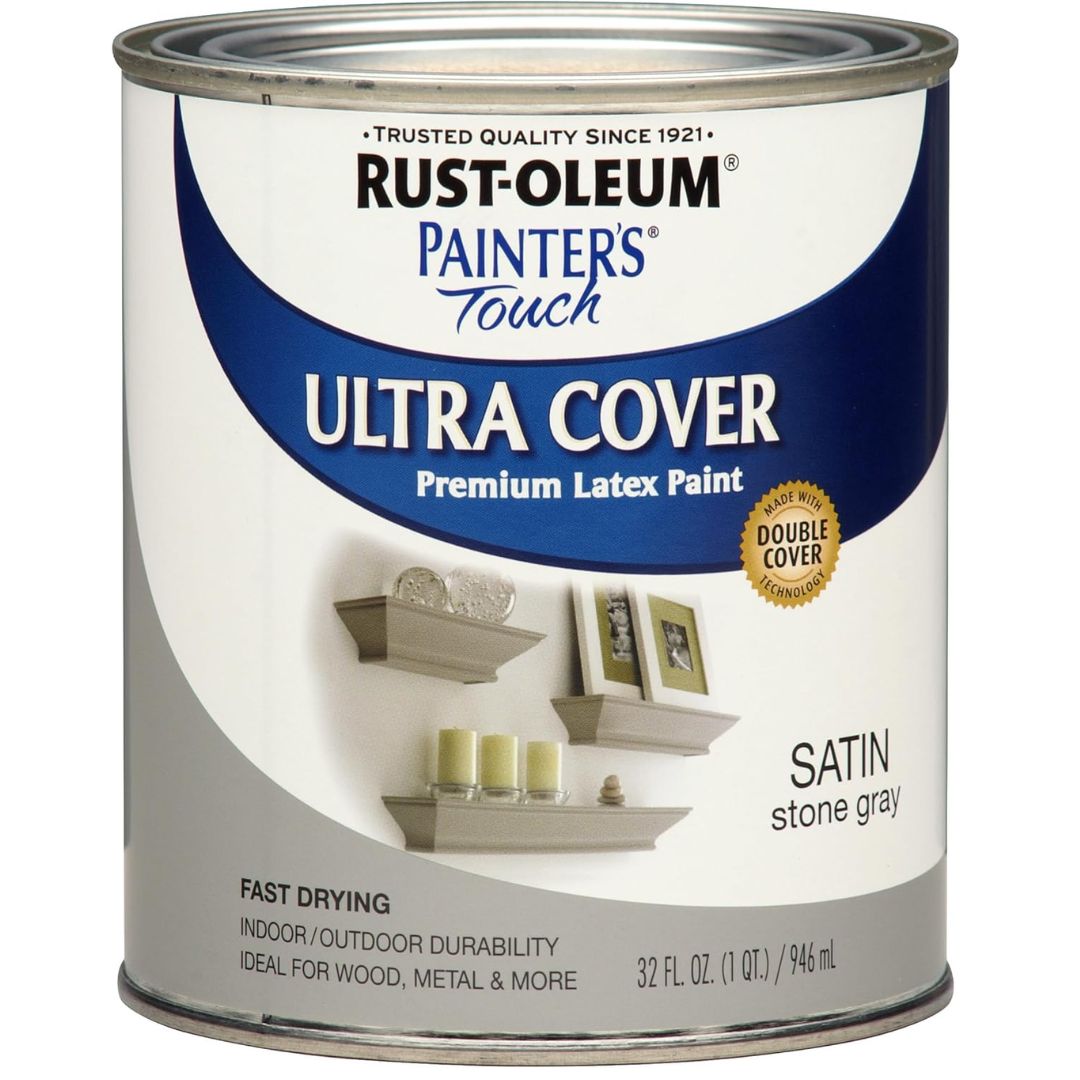
Price: $19.26 per gallon
Latex paint has great waterproof abilities that make it ideal for a durable bathroom.
When should I paint a bathroom ceiling?
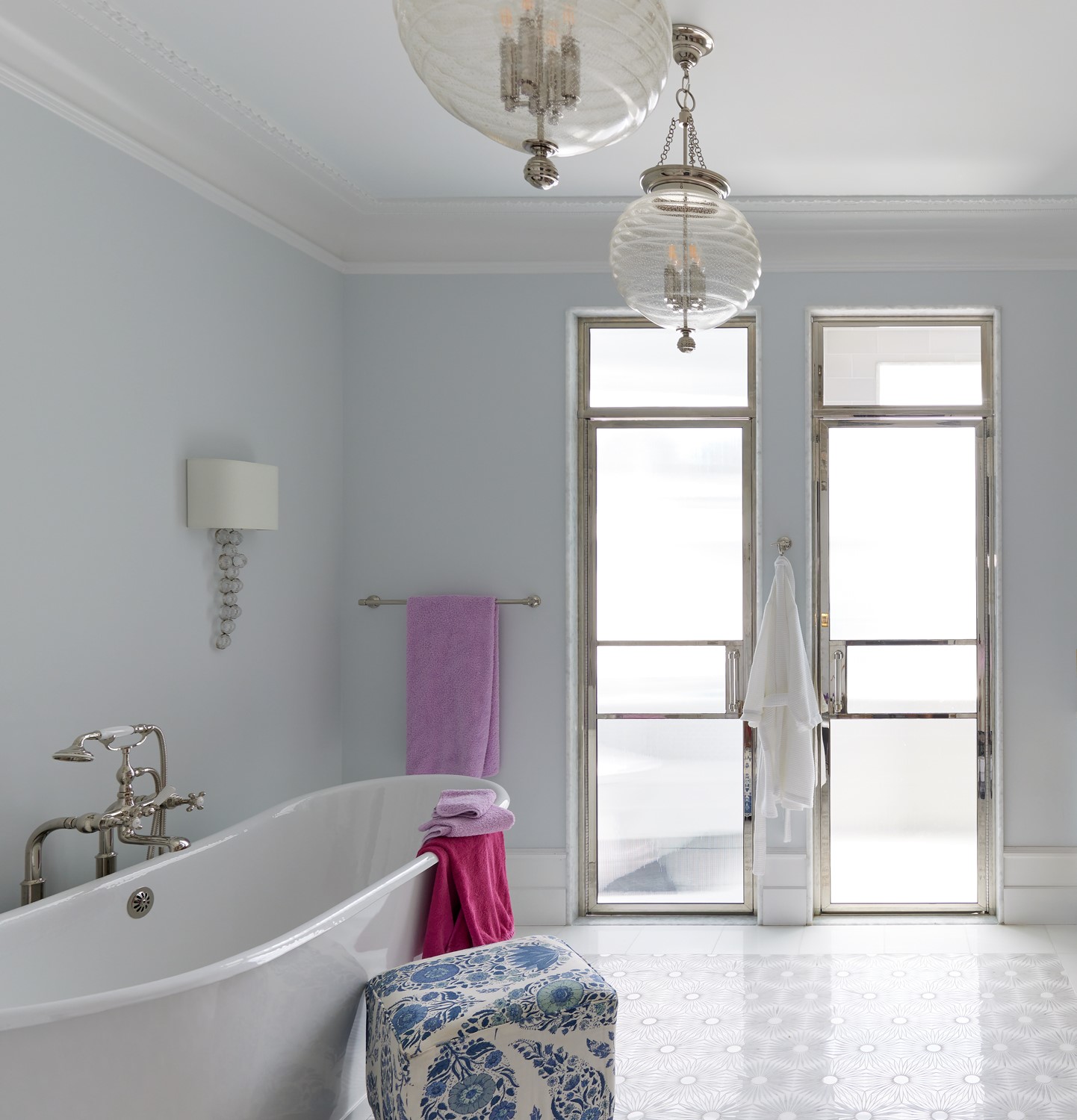
While remodeling a bathroom, and before painting it, ensure that you follow some crucial tips.
'It is best to paint the bathroom long after a shower to avoid any chance of high humidity,' says Tila Lee, founder of Pretty In Paint. 'You can use a fan (or dehumidifier) to help if the room is naturally always higher in humidity. The biggest thing that will affect the painting process is the drying time. In rooms with normal humidity, you can sometimes push the dry time between coats. With high humidity spaces, you need to give it proper time to dry or it will cause major issues when you try to recoat and can possibly cause premature failure down the line from not curing properly. When doing your preparation in these spaces, always make sure to thoroughly wash the walls during your prep phase. The moisture in the room is prone to attracting dust and debris that then sticks to the wall.'
Be The First To Know
The Livingetc newsletters are your inside source for what’s shaping interiors now - and what’s next. Discover trend forecasts, smart style ideas, and curated shopping inspiration that brings design to life. Subscribe today and stay ahead of the curve.

Aditi Sharma Maheshwari started her career at The Address (The Times of India), a tabloid on interiors and art. She wrote profiles of Indian artists, designers, and architects, and covered inspiring houses and commercial properties. After four years, she moved to ELLE DECOR as a senior features writer, where she contributed to the magazine and website, and also worked alongside the events team on India Design ID — the brand’s 10-day, annual design show. She wrote across topics: from designer interviews, and house tours, to new product launches, shopping pages, and reviews. After three years, she was hired as the senior editor at Houzz. The website content focused on practical advice on decorating the home and making design feel more approachable. She created fresh series on budget buys, design hacks, and DIYs, all backed with expert advice. Equipped with sizable knowledge of the industry and with a good network, she moved to Architectural Digest (Conde Nast) as the digital editor. The publication's focus was on high-end design, and her content highlighted A-listers, starchitects, and high-concept products, all customized for an audience that loves and invests in luxury. After a two-year stint, she moved to the UK and was hired at Livingetc as a design editor. She now freelances for a variety of interiors publications.
-
 Straight from Salone: Five Emerging Trends I Found That'll Shape Interiors For the Year Ahead
Straight from Salone: Five Emerging Trends I Found That'll Shape Interiors For the Year AheadFrom reflective silver to fluidity, here's my perspective on the key themes and new moods coming through from Milan Design Week
By Sarah Spiteri Published
-
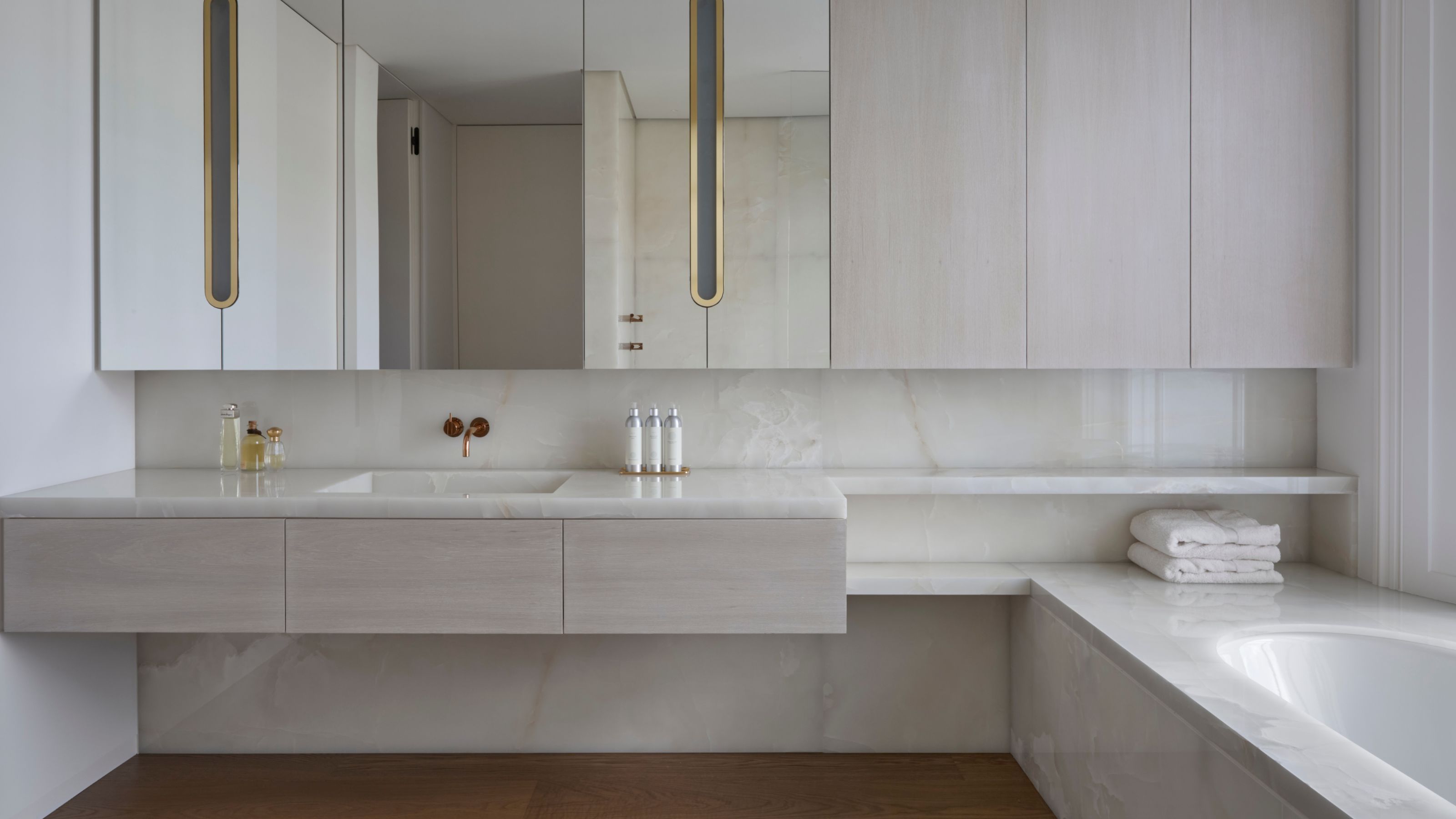 9 Bathroom Storage Mistakes You're Probably Making That Make Using This Space Much Harder — And What to Do Instead
9 Bathroom Storage Mistakes You're Probably Making That Make Using This Space Much Harder — And What to Do InsteadDiscover which mistakes are to blame for your overcrowded and cluttered bathroom
By Seraphina Kyprios Published